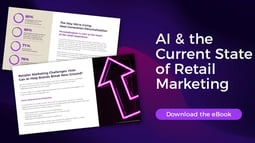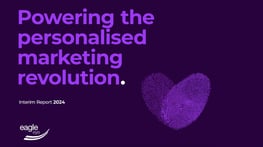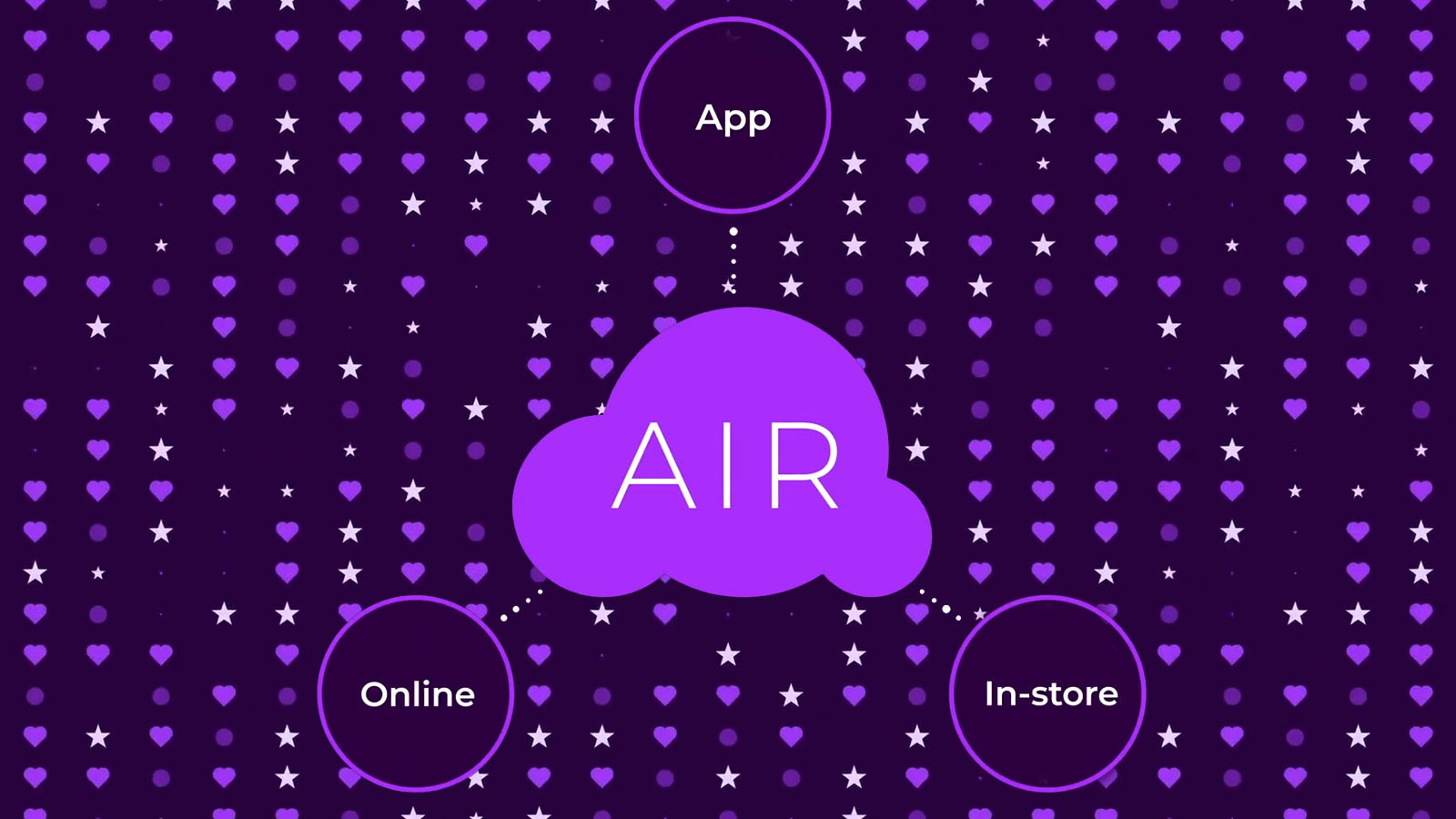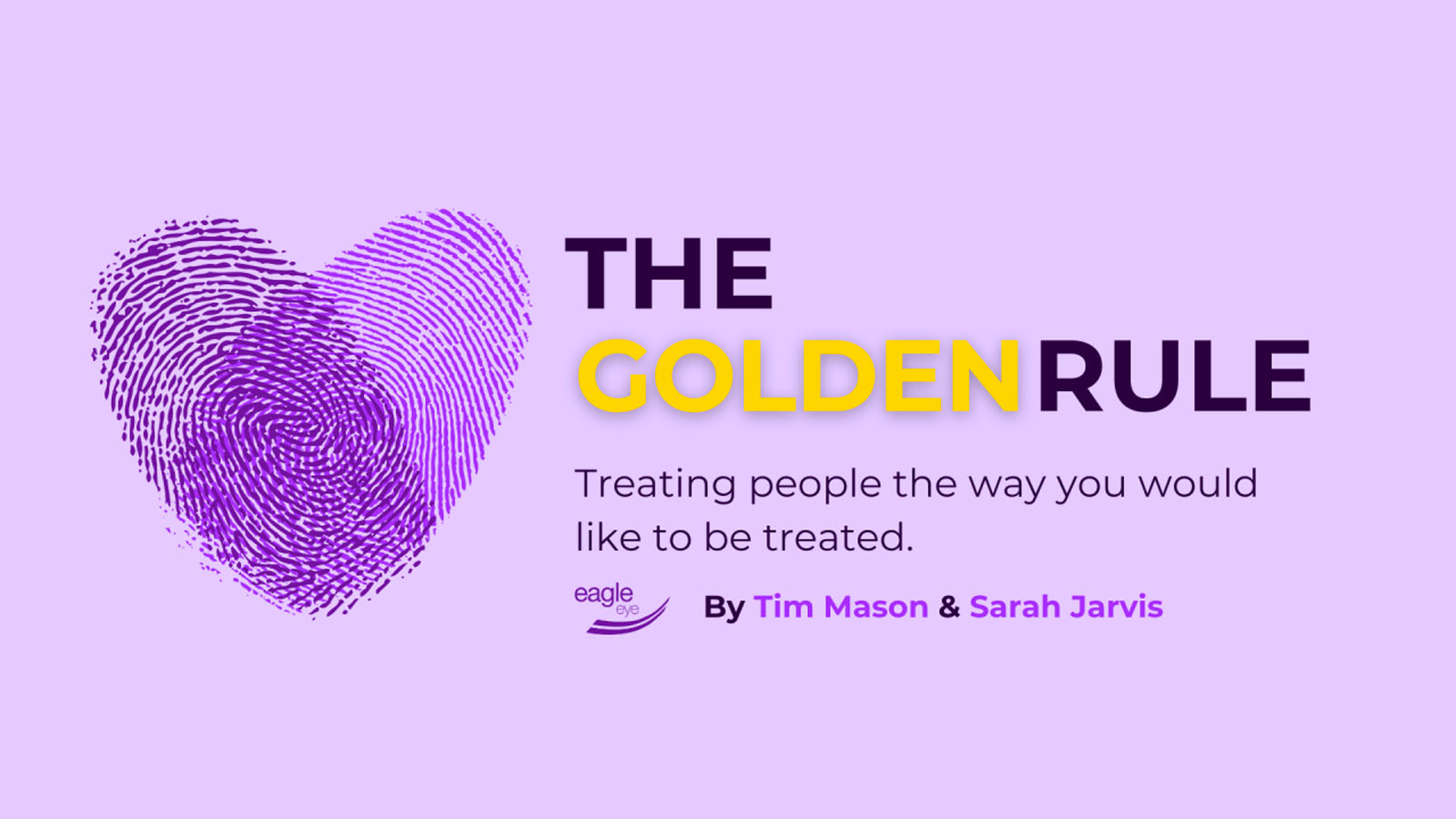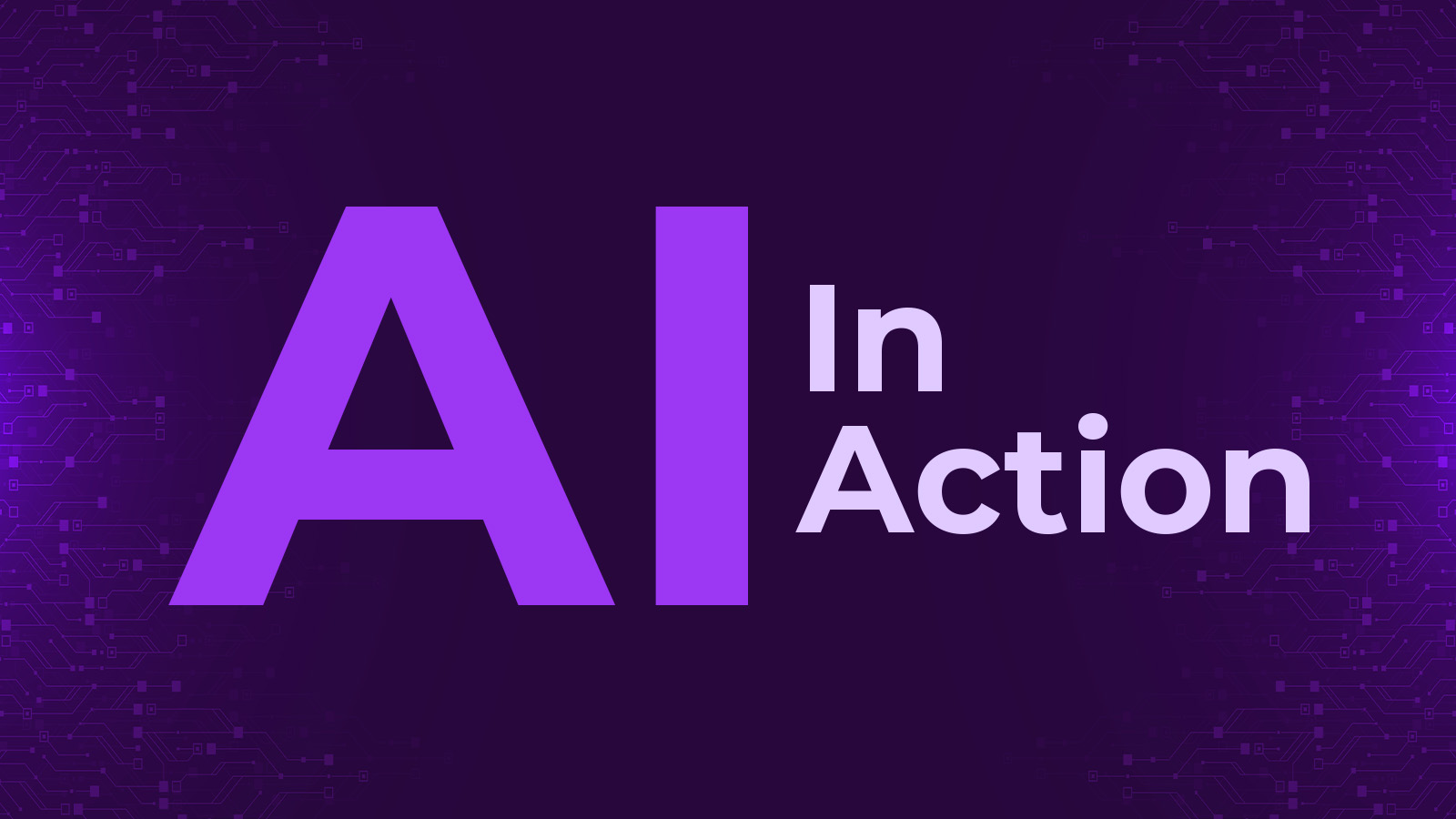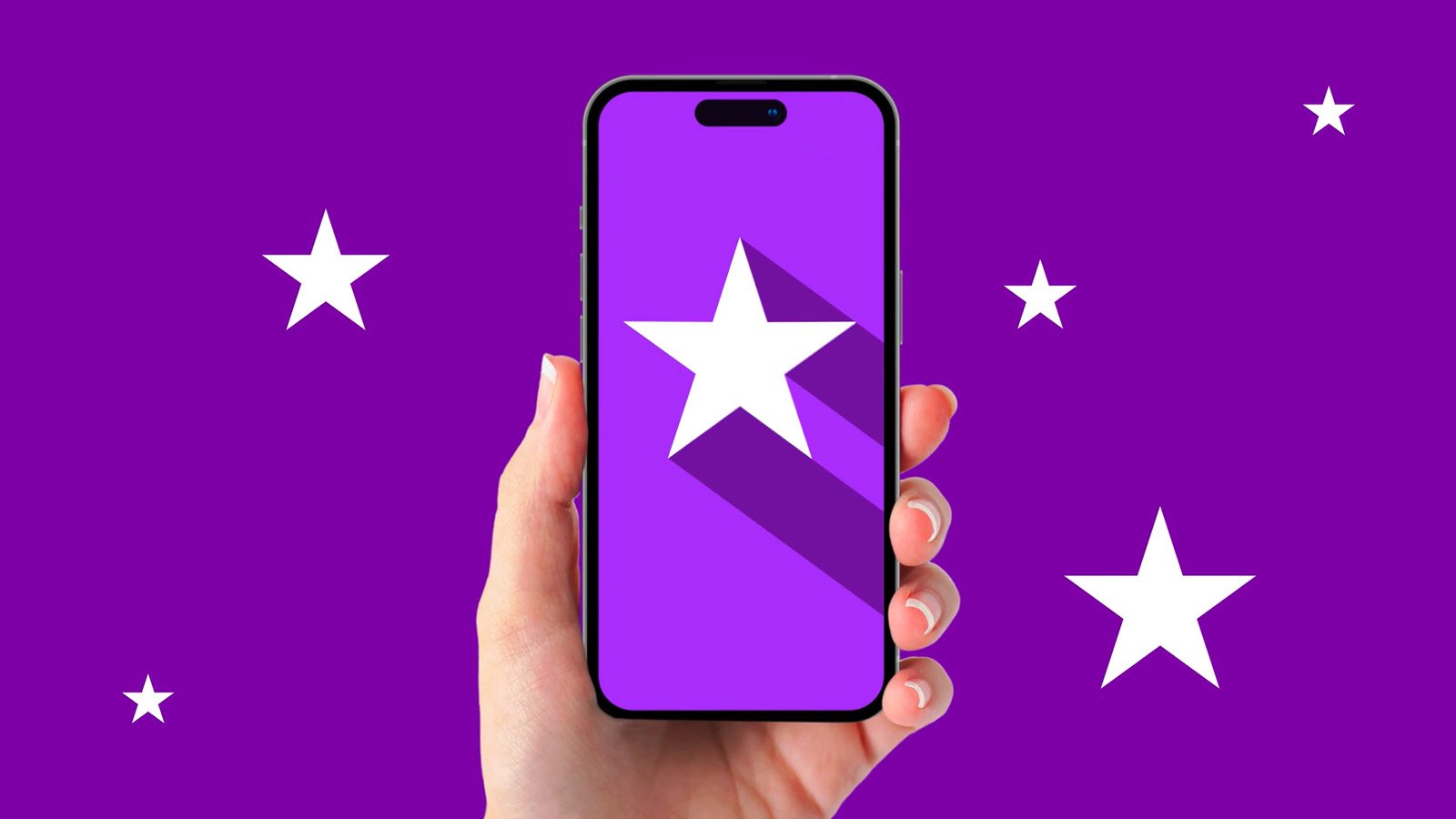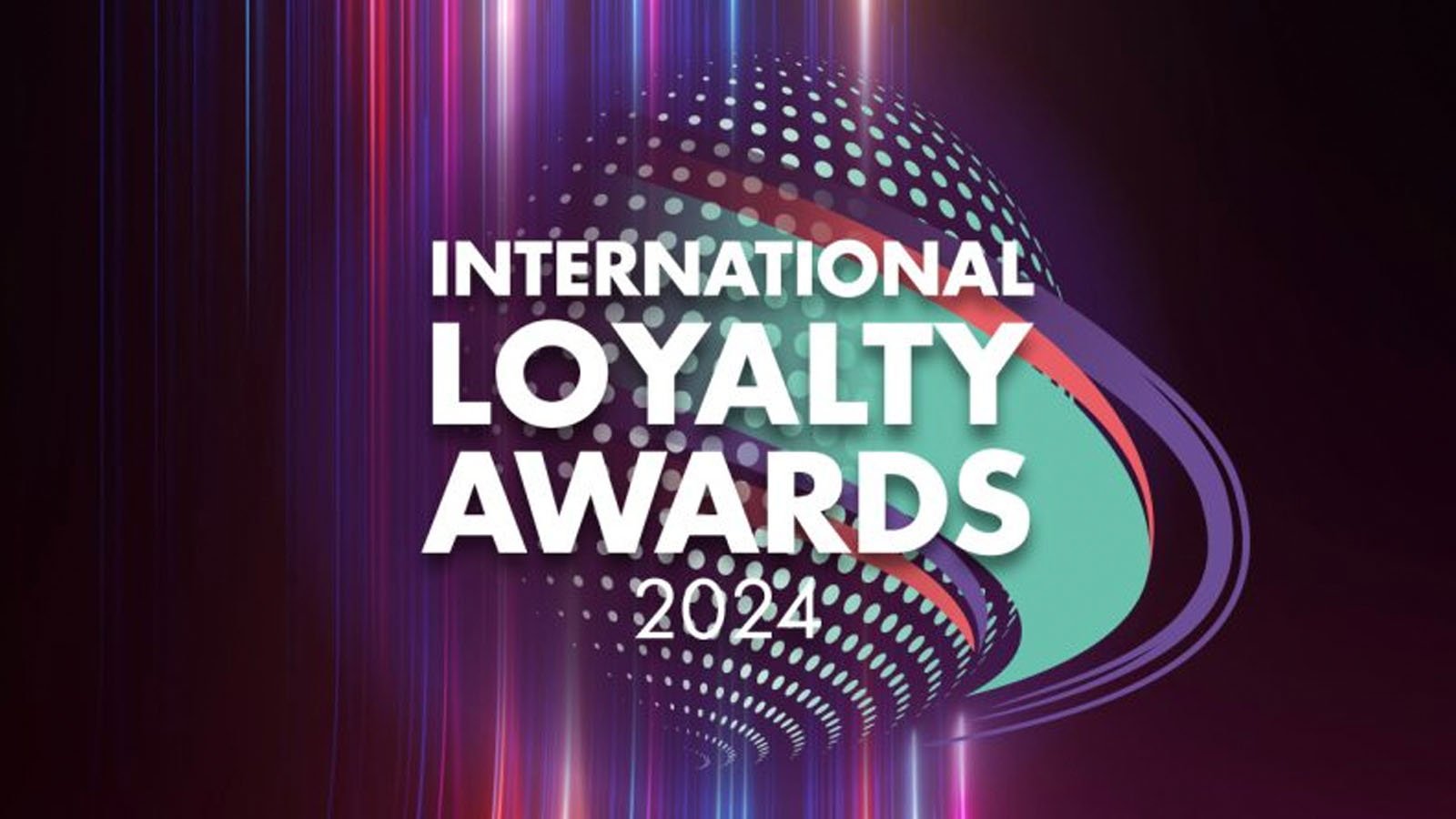3 min read
AI & Personalization: A Series
If you’re even a casual observer of the retail industry, you know that AI is the hot topic of the moment. And for good reason. Artificial intelligence applications have the potential to revolutionize many aspects of our businesses, from supply...
Read More

